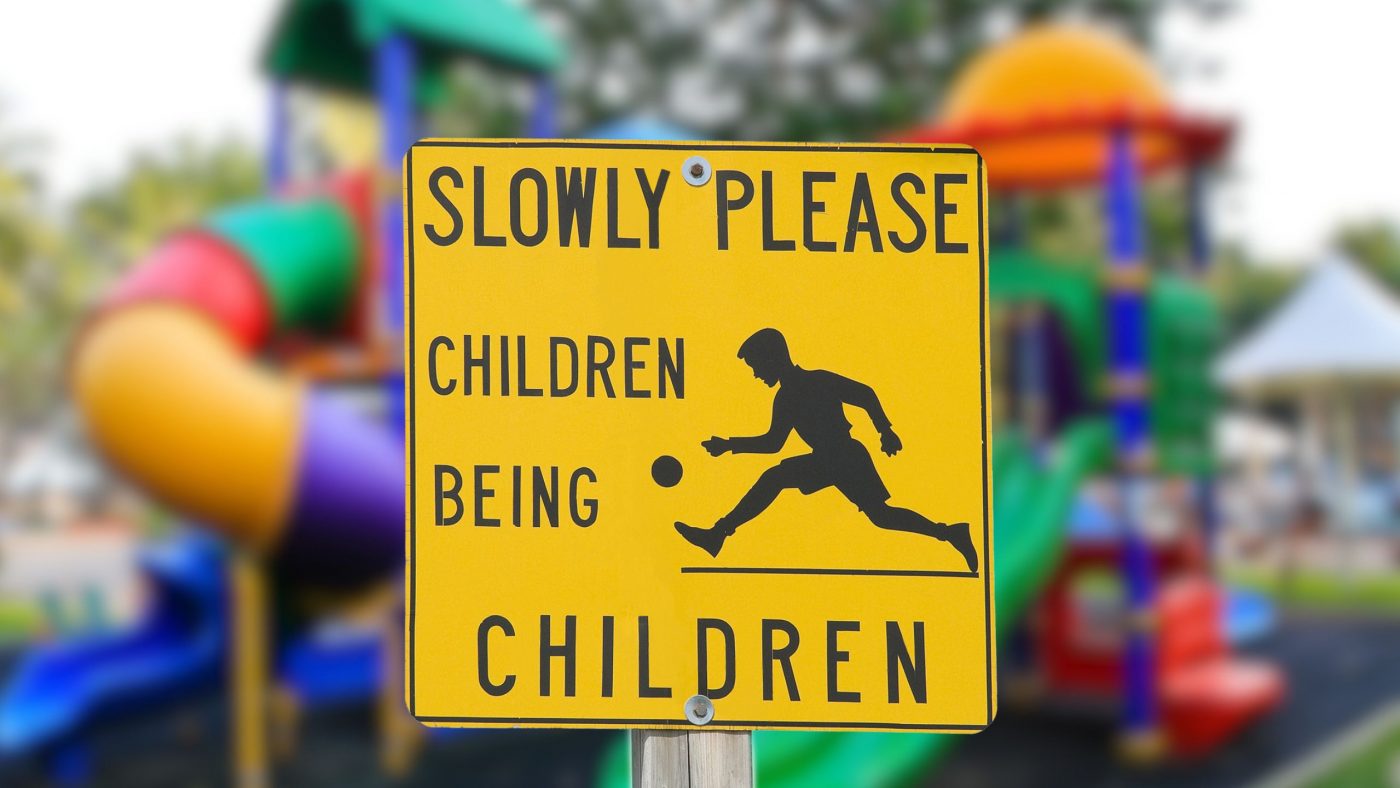Rebecca Slaughter has a simple explanation for how private equity affects our economy: “When markets are competitively healthy, they have benefits across the field,” says Slaughter, who serves as a Commissioner for the Federal Trade Commission, the independent government agency that protects the public from deceptive or unfair business practices and from unfair methods of competition. “But too frequently when private equity enters the field, these benefits go down. Profits are extracted, but not distributed through the field. And this is critically bad in a sector that people depend on.”
The sector in discussion is child care, and the discussion focuses on what can happen if private equity firms take over a larger share of the child care market. Slaughter was speaking on a panel at a day-long event in Washington D.C. to mark the release of a report by the National Women’s Law Center and Open Markets Institute: “Children Before Profits: Constraining Private Equity Profiteering to Advance Child Care as a Public Good.”
The concerns about private equity’s influence are well founded. A 2019 study by researchers at Harvard Business School and the University of Chicago found that private equity takeovers result in significant job losses. These firms reduce wages, benefits and staffing at firms they acquire – with devastating consequences to thousands of workers, their families and their entire communities. Private equity funds also face few financial or legal consequences should their tactics to maximize profits fail. And for a business like child care, primed to receive a possible influx of federal and state investment, private equity’s interest in the sector is likely to increase.
“The report isn’t anti-private equity, it’s pro-child care,” said Melissa Boteach, Vice President for Income Security and Child Care/Early Learning at the National Women’s Law Center and one of the authors of the report. Boteach and her co-author, Audrey Stienon from Open Markets Institute, advocate that child care should be understood as a public good that’s in need of sustained government investment. The report lays out a vision of how a robust child care system would provide universal access to high quality child care with appropriately compensated providers. The goal, says Boteach, is that if private equity firms, or other outside investors, are going to enter the child-care market, they should do so in a way that upholds this vision.
The timing of this report coincides with several states—including New Mexico, Vermont and Minnesota—instituting record levels of government investment in child care. Polling data from the First Five Years Fund also shows strong bipartisan voter support for more child care funding, with 93 percent of voters believing it’s important for working parents of young children to have access to affordable quality child care programs.
Private equity has a history of chasing after industries that receive sustained sources of federal funding. Eileen Applebaum, co-director at the Center for Economic and Policy Research and an expert on private equity, who also served as a panelist at the event, detailed the way in which private equity firms began investing in a substantial share of hospice care services. Much of hospice care is funded by Medicare, which pays a fixed amount to the hospice agency for each day an eligible Medicare beneficiary is enrolled, regardless of whether the patient receives actual services on a particular day.
Other tactics from the private equity “playbook” as Applebaum discussed, include myriad anti-competitive behaviors, including consolidation, creating higher debt burdens, cutting labor costs and staff benefits, and enacting policies that maximize short-term profits to the private equity fund while passing on the liabilities and burdens to the individual companies they’d invested in. Applebaum points to the wide discrepancies in profits and patient care for hospice services: profit margins for a nonprofit hospice provider were around 4-5 percent, and for those owned by private equity firms, it was 19 percent. Nonprofits are more likely to use funds to invest in staffing and the business, while private equity uses debt-financed acquisitions to restructure these companies to maximize their profit margins, and try to sell them to the highest bidder within three to five years.
In the case of hospice, Applebaum also found that private equity hospice providers have higher rates of neglect, low staffing and are more likely to pass on the higher costs to patients and families.
Child care is in a unique position of being primarily a small business industry, with low profit margins yet with high demand because it is a necessity for many Americans to go to work and for the economy to function. “A textbook example of a broken market” is how Treasury Secretary Janet Yellin described child care in the United States. Yet if a child care center is forced to declare bankruptcy, the private equity company may still see a high return on the investment, even though the individual businesses may have shuttered, and the communities that rely on such child care centers may no longer have a viable option.
Boteach emphasized that the presence of private equity and the private sector itself is not problematic – and that the existence of more child care options with high quality care can be a profitable industry if sufficient government funding is provided. Often the individual child care centers are owned by women, many of them Black and brown, with strong ties to the communities they serve. Making such industries profitable so that they can pay their employees a living wage is a noble goal, she said. “The problem,” Boteach explains, “is that private equity firms have a traditional playbook, whereby the firms collect the profits and pass the risk and liabilities back to the companies they’ve taken over. And with the influx of possible public funding, external investors should have guardrails in place to protect the child care industry and the families they serve.”
The report is coming out at a moment in which private equity is poised to enter the child care market, but it is “not yet entrenched,” said Audrey Stienon of Open Markets Institute, and the report’s co-author. “It is possible to get ahead of the problem and change patterns.”
Experts encouraged action to counter the threats of private equity takeover. This can be done at both the state and federal level, though guardrails surrounding government funding. Examples cited included New Jersey’s work to create standards and restrict profit for for-profit preschools that receive state funding. In Massachusetts, efforts are underway to limit the amount of state funding any larger company can receive. And for an industry like child care, which many families rely on for their own work, there is potential for real momentum in organizing parents to insist on such accountability measures for the involvement of outside investment groups like private equity. And as Rebecca Slaughter told the group, they need to bring such examples of poor conduct to the attention of the FTC. “I can’t solve a problem if I don’t know about it,” she said.
Child care may have a constituency that is primed to be vocal proponents. “Parents of children are a really good group of people to organize,” said Eileen Applebaum. “You have to let them know that they are not alone.”
Rebecca Gale is a writer with the Better Life Lab at New America where she covers child care. Follow her on Instagram at @rebeccagalewriting, and subscribe to her Substack newsletter, "It Doesn't Have to Be This Hard."




